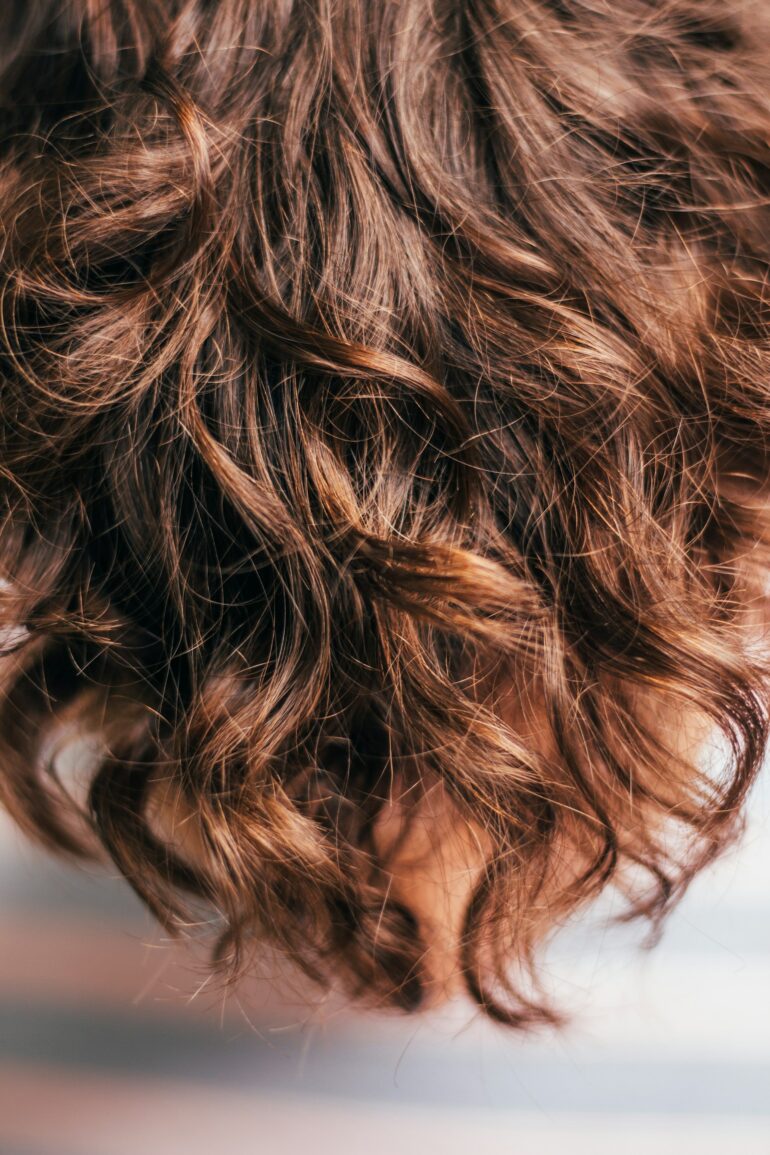A common concern for many people nowadays is something that has a huge impact on health, our mood, and our confidence—and that’s our hair. Our hair is one of the many defining features of who we are as individuals. The diversity in the color, texture and type of hair is an indication of important cultural markers and background. We say hair is hair, but in reality, hair is so much more than just keratin coming from our scalp. It dictates how we feel about ourselves in the morning and sets the tone for the rest of the day; it is an indicator of our personal hygiene and how we present ourselves. Moreover, different hair conditions are our body’s way of letting us know of any internal imbalances and disorders—our hair is full of secrets.
The importance of hair is increased tenfold when it is lost. For example, conditions such as male-pattern baldness (hair-loss), alopecia (specific site hair loss), and trichotillomania (hair-picking) can have a detrimental impact on the individual. So what can be done in order to fix these conditions?
Some drastic measures include transplant surgery, where the hair follicles are moved from one part of the body and transplanted onto the scalp. Hair transplantation involves translocating grafts from the hair-bearing scalp to a bald portion or thinning area of the scalp. The hair then takes root and, usually in around 9 months, starts to fill in that area.
Another method is called tissue expansion, in which a balloon-like device called a “tissue expander” is inserted beneath the hair-bearing scalp that lies next to a bald area. The device is gradually inflated with salt water over several a period of weeks, causing the skin to expand and grow new skin cells. This causes a bulge beneath the hair-bearing scalp, to eventually have more surface area for the scalp skin. These surgeries, however, have many risks and complications, and should not be taken lightly.
A a more popular solution to hair loss these days that seems to be much simpler, safer and more effective in the long-run is, and that is the usage of minoxidil. Minoxidil, known more commonly by its brand name, Rogain, is a topical solution and /foam that can be applied directly to the affected hair loss area.
Interestingly, minoxidil was first used as oral medication as a treatment for severe hypertension because it acts as a vasodilator, meaning it increases the diameter of blood vessels and thus reduces the pressure of blood flow. A consequence observed in patients taking minoxidil for hypertension was hair regrowth in balding patients in the meta analysis of minoxidil studies conducted in 2019 by Suchonwanit, P et al. Minoxidil itself cannot cure baldness as it essentially shortens the ratio of the falling out phase of hair growth when looking at the totality of the hair growth cycle, (described later in paper which will be described in further detail shortly) and if discontinued, the new hair will fall out. Thus, this solution requires time and consistency in order to work.
In hair growth, there are 4 phases: anagen (growth phase), catagen (regression phase), telogen (rest phase) and exogen (shedding phase). In a study by Suchonwanit, P et al (in 2019) that did a meta-analysis of a minoxidil-using group and a placebo group, minoxidil was shown to stimulate the growth of the telogen phase of the hair follicle growth as well as allows for quick movement to the anagen phase of the hair growth cycle. Now, minoxidil has been approved by the FDA as a hair growth treatment through the conduction of the above study along with numerous more bodies of research and longitudinal observations. 4
However, it is not without its dangers: although less severe than other options, minoxidil has also been seen to caused some side-effects, with serious effects not being very common. These include itchy eyes, hypertrichosis (excessive hair growth), headaches, and more. There have also been cases of allergic reactions to the compound propylene glycol that is found within in minoxidil.
Hair is such an important part of our lives and there are numerous ways one can deal with the effects of hair loss, and one thing to really keep in mind is the use of minoxidil. However, before testing out the efficacy of minoxidil, it is extremely important to go and consult your dermatologist to see if this is the best option for your goals and hair, and keep in mind that more research needs to be conducted to understand the potential hopeful future of hair growth in the hands of minoxidil.
Bibliography:
- Hair transplantation and restoration. American Society of Plastic Surgeons. (n.d.). https://www.plasticsurgery.org/cosmetic-procedures/hair-transplantation-and-restoration
- Elsevier, Inc. (n.d.). Minoxidil (rogaine): Hair loss treatment. Cleveland Clinic. https://my.clevelandclinic.org/health/drugs/18238-minoxidil-topical-solution-or-foam
- Suchonwanit, P., Thammarucha, S., & Leerunyakul, K. (2019, August 9). Minoxidil and its use in hair disorders: A Review. Drug design, development and therapy. https://www.ncbi.nlm.nih.gov/pmc/articles/PMC6691938/
- Suchonwanit, P., Thammarucha, S., & Leerunyakul, K. (2019a, August 9). Minoxidil and its use in hair disorders: A Review. Drug design, development and therapy. https://www.ncbi.nlm.nih.gov/pmc/articles/PMC6691938/
- Suchonwanit, P., Thammarucha, S., & Leerunyakul, K. (2019a, August 9). Minoxidil and its use in hair disorders: A Review. Drug design, development and therapy. https://www.ncbi.nlm.nih.gov/pmc/articles/PMC6691938/
- Rossi A;Cantisani C;Melis L;Iorio A;Scali E;Calvieri S; (n.d.). Minoxidil use in dermatology, side effects and recent patents. Recent patents on inflammation & allergy drug discovery. https://pubmed.ncbi.nlm.nih.gov/22409453/#:~:text=There%20have%20been%20cases%20of,cycle%20that%20the%20treatment%20induces.
